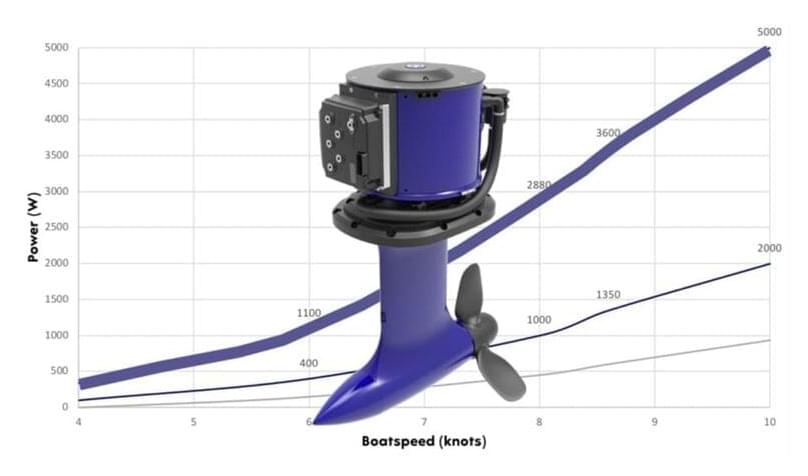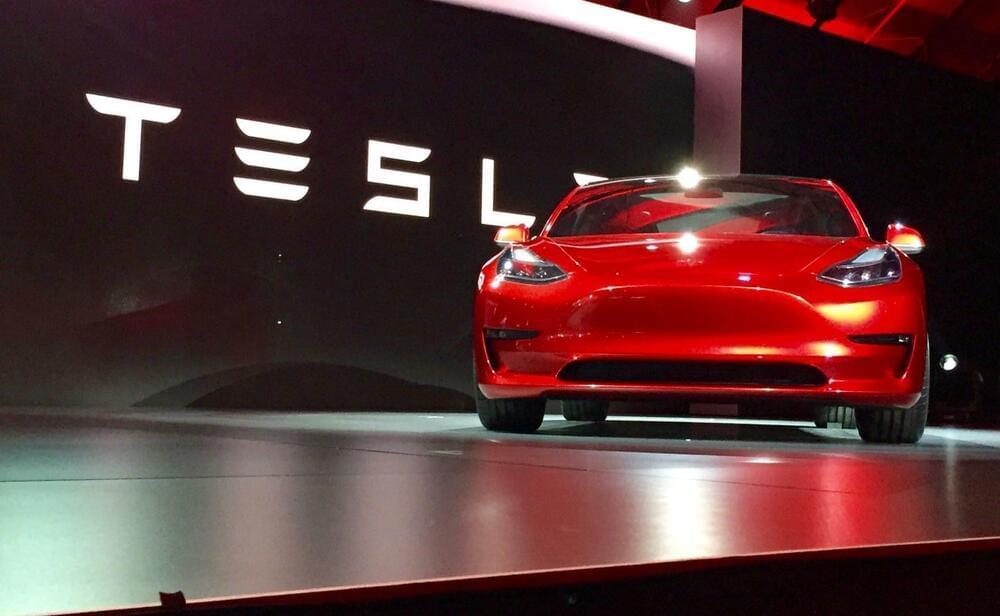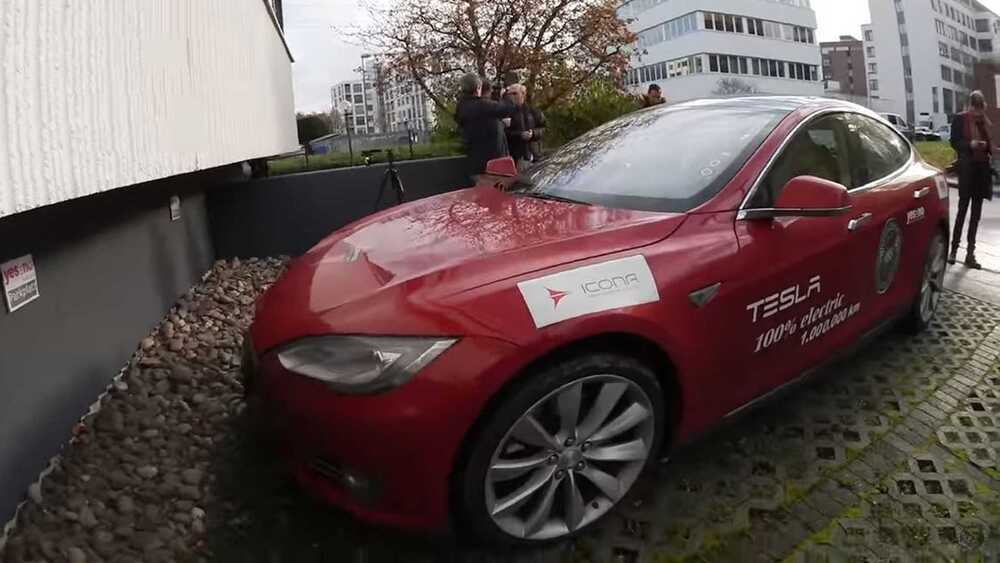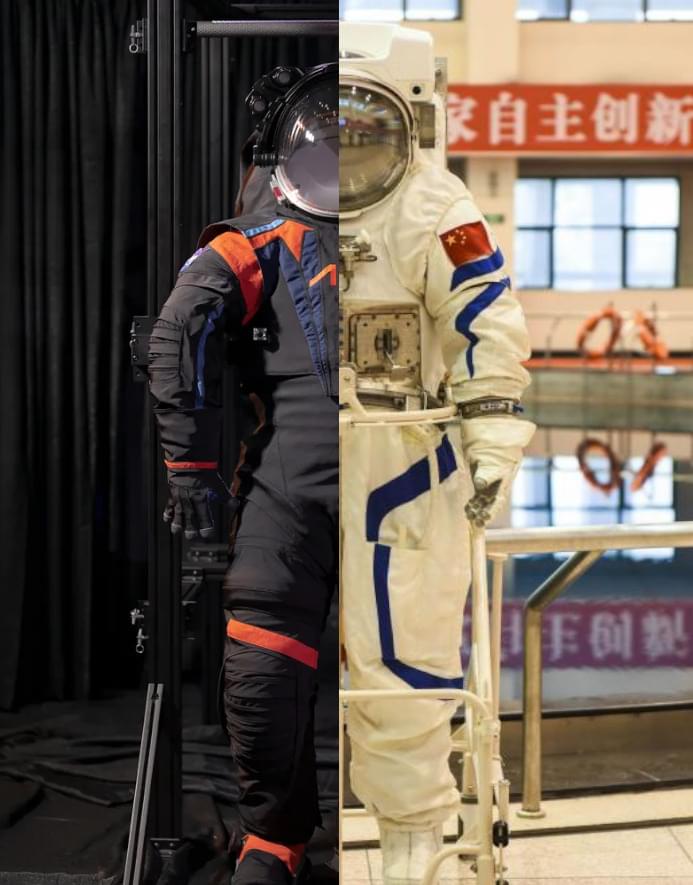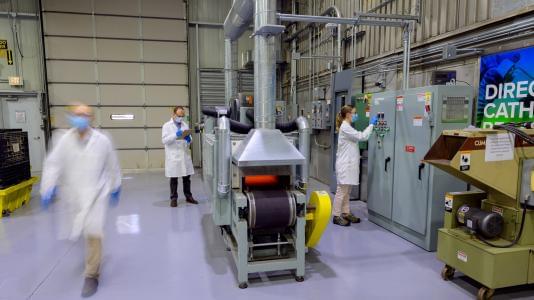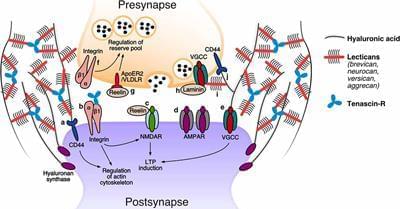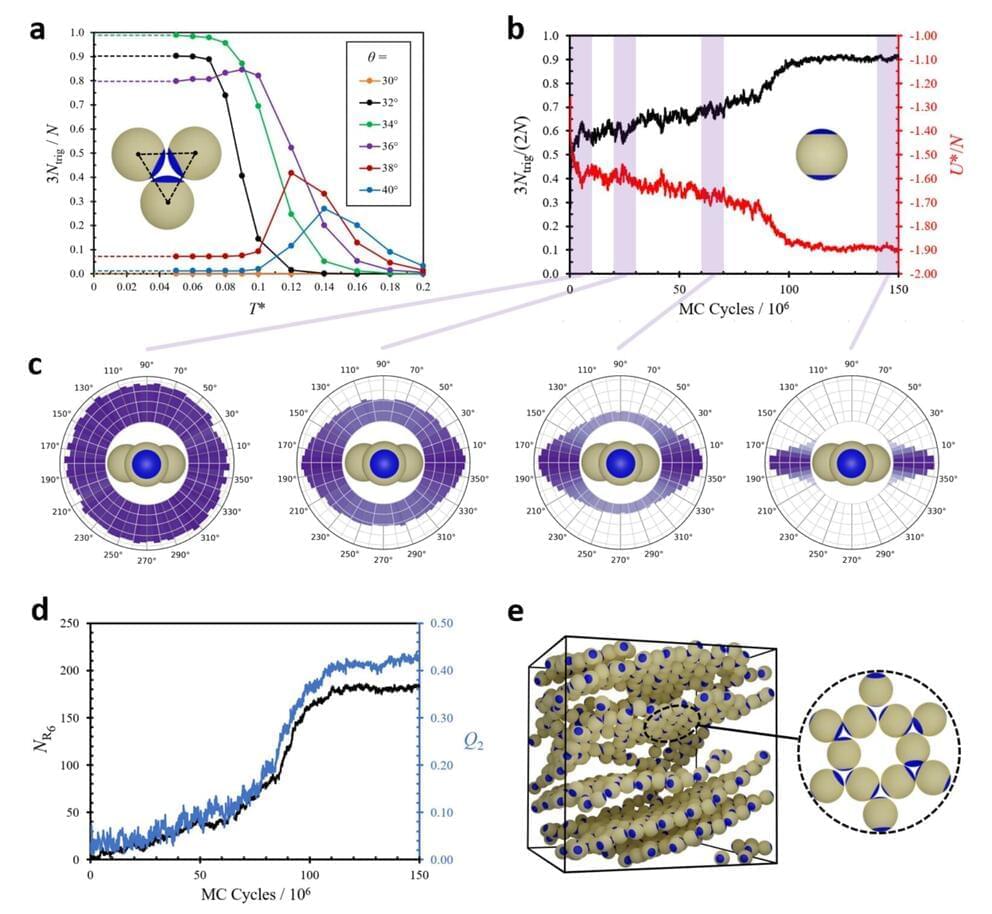It may not offer infinite range, but it’s close. The new Oceanvolt ServoProp saildrive has a regeneration feature that efficiently charges up an electric boat’s batteries while sailing.
Many people think of sailboats as being purely wind powered. While smaller sailboats usually are, most decently sized sailboats have a motor for maneuvering in a marina or when the winds die down.
Saildrive motors are an innovative propulsion system commonly found on modern sailboats, offering a compact and efficient alternative to traditional shaft-driven inboard engines.
